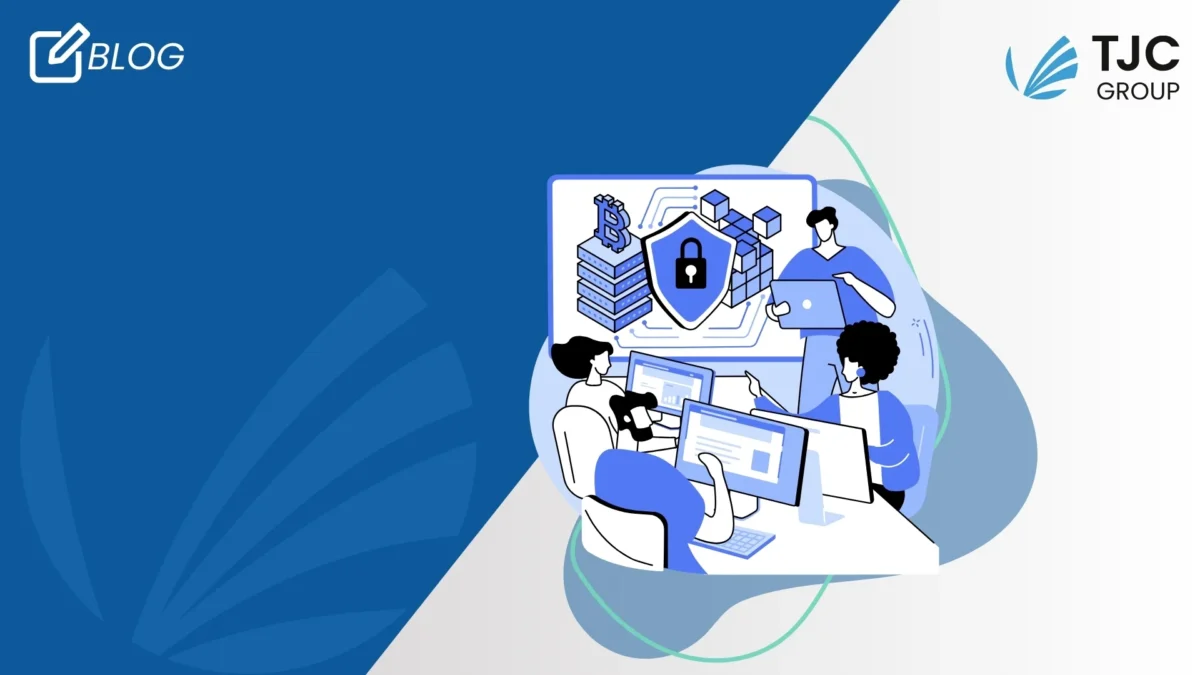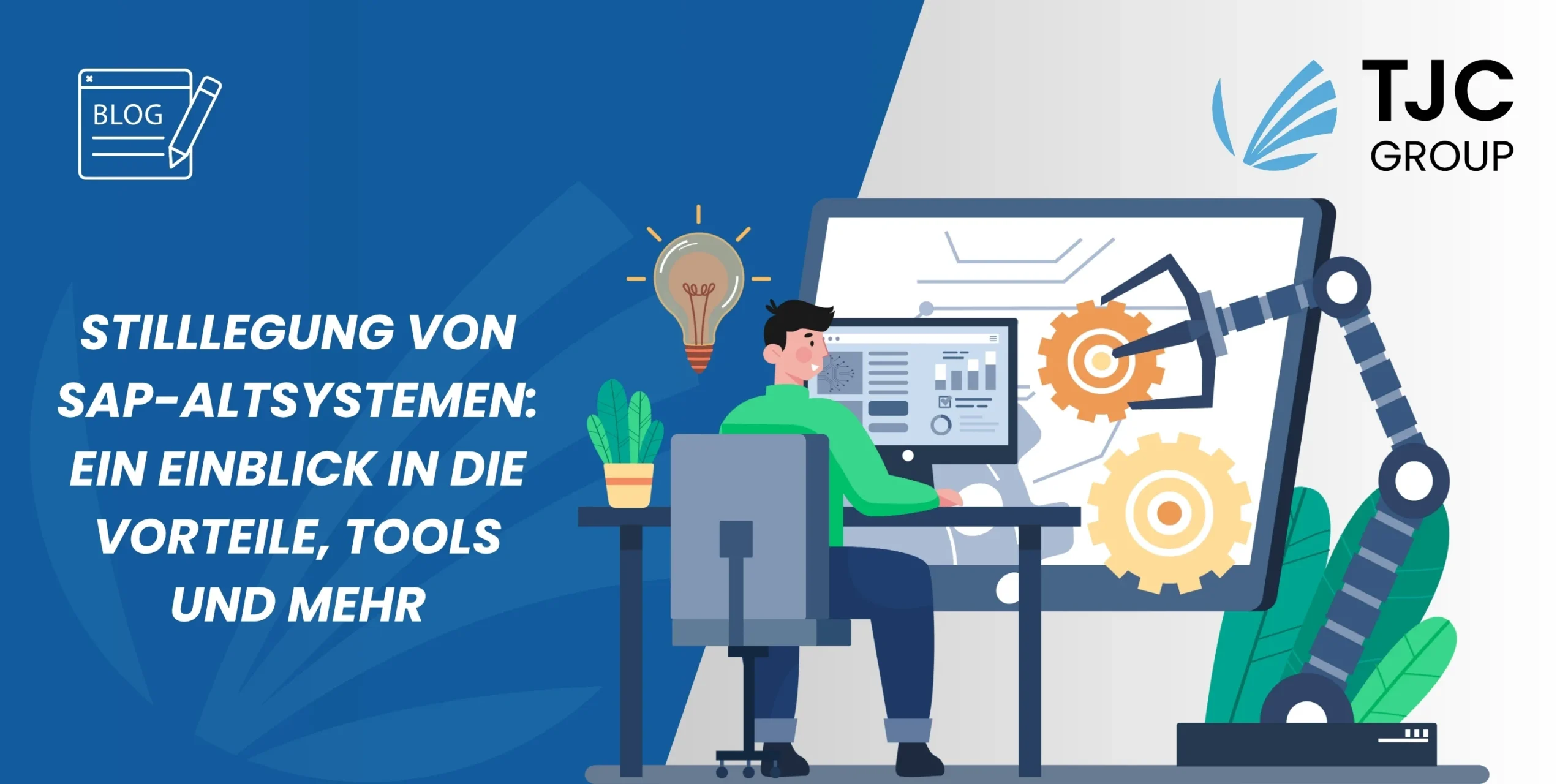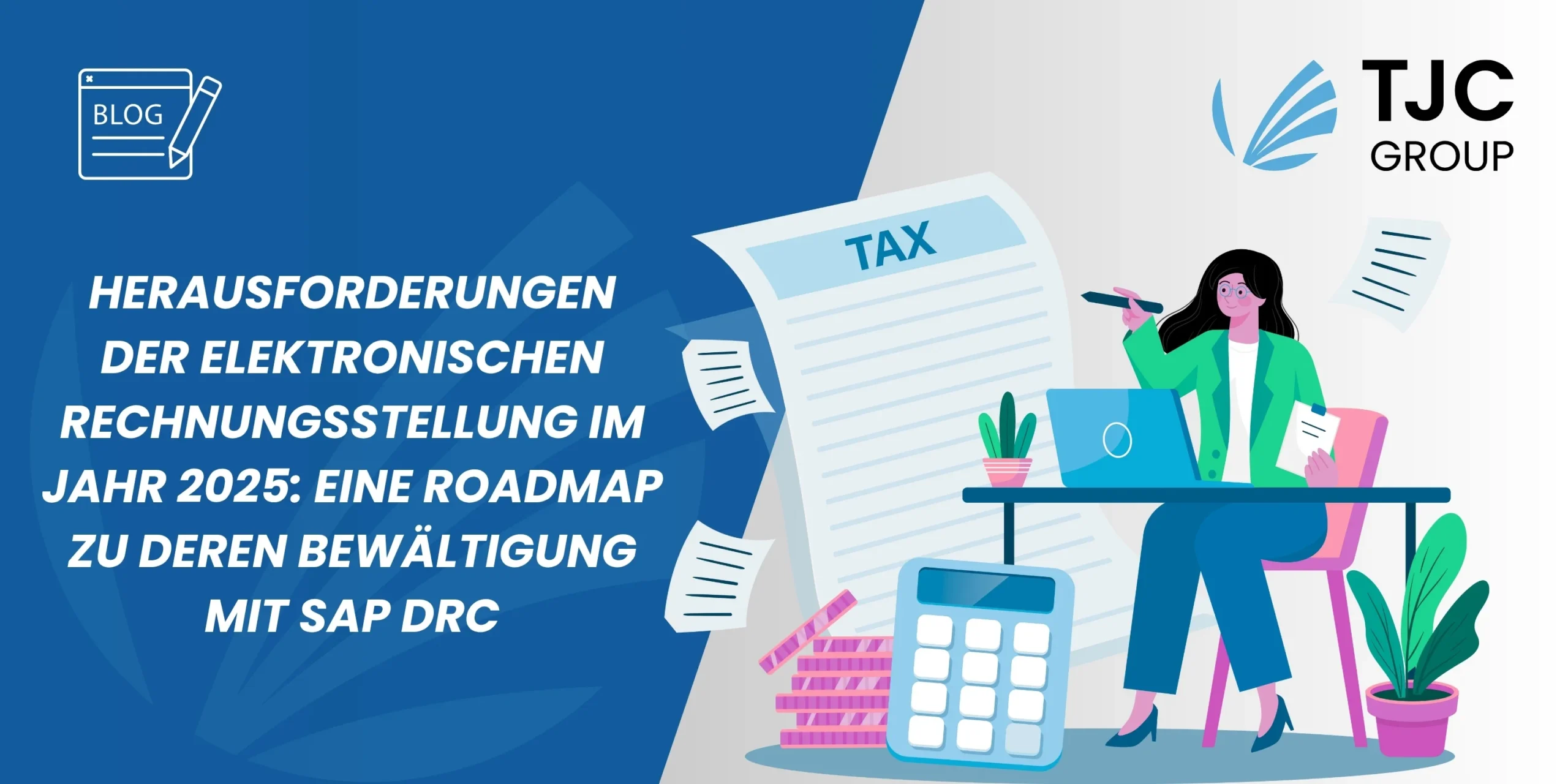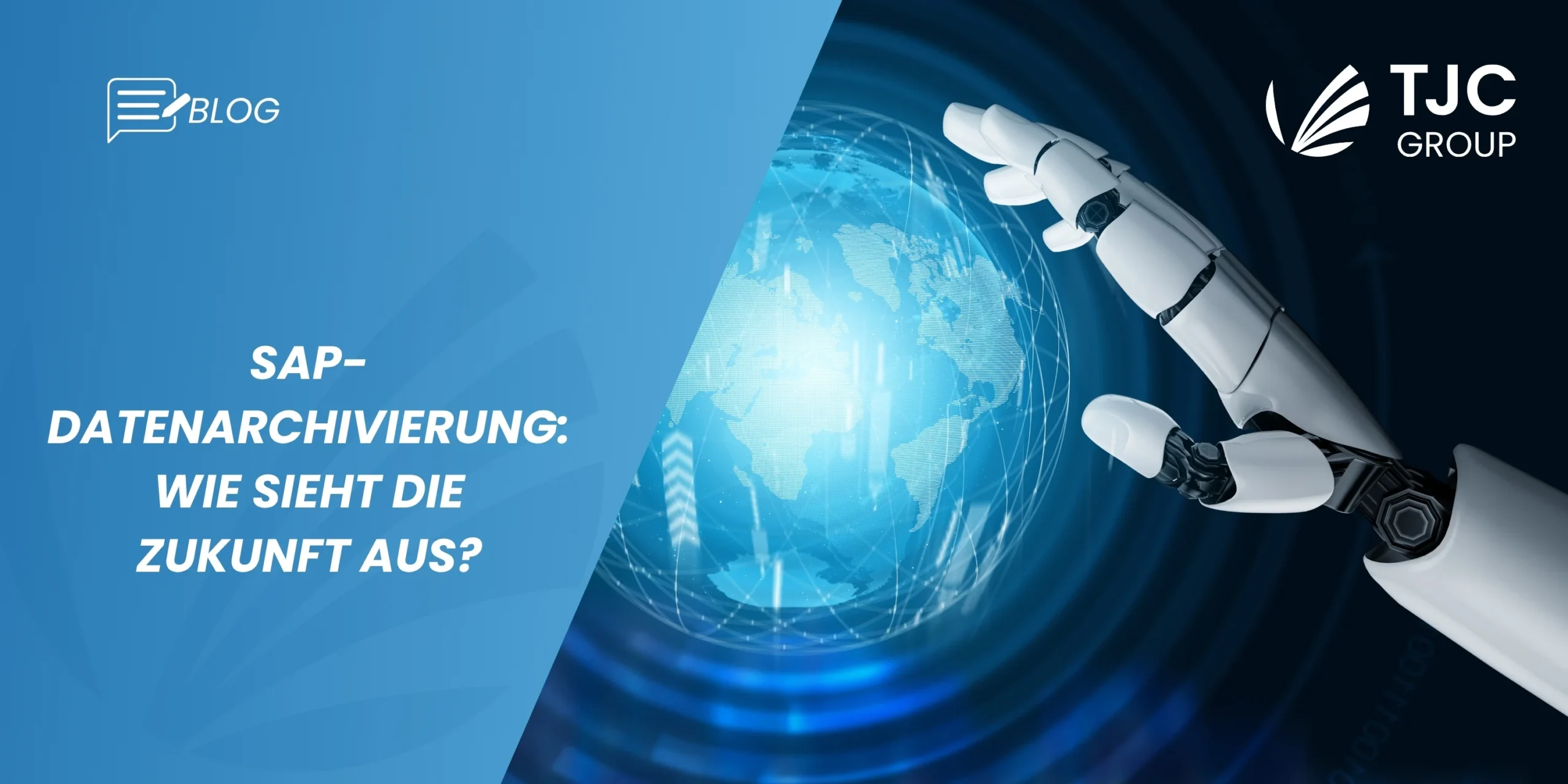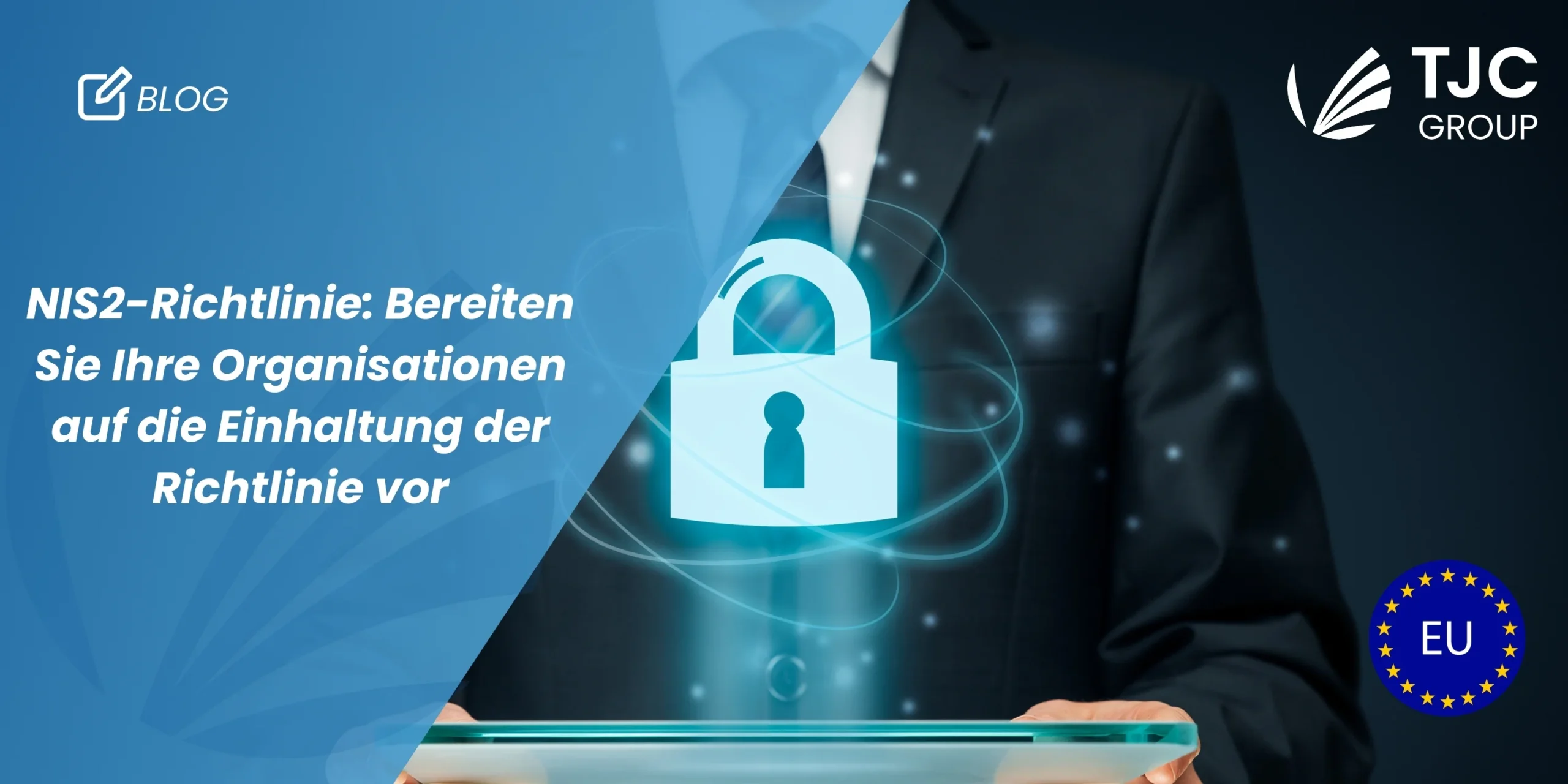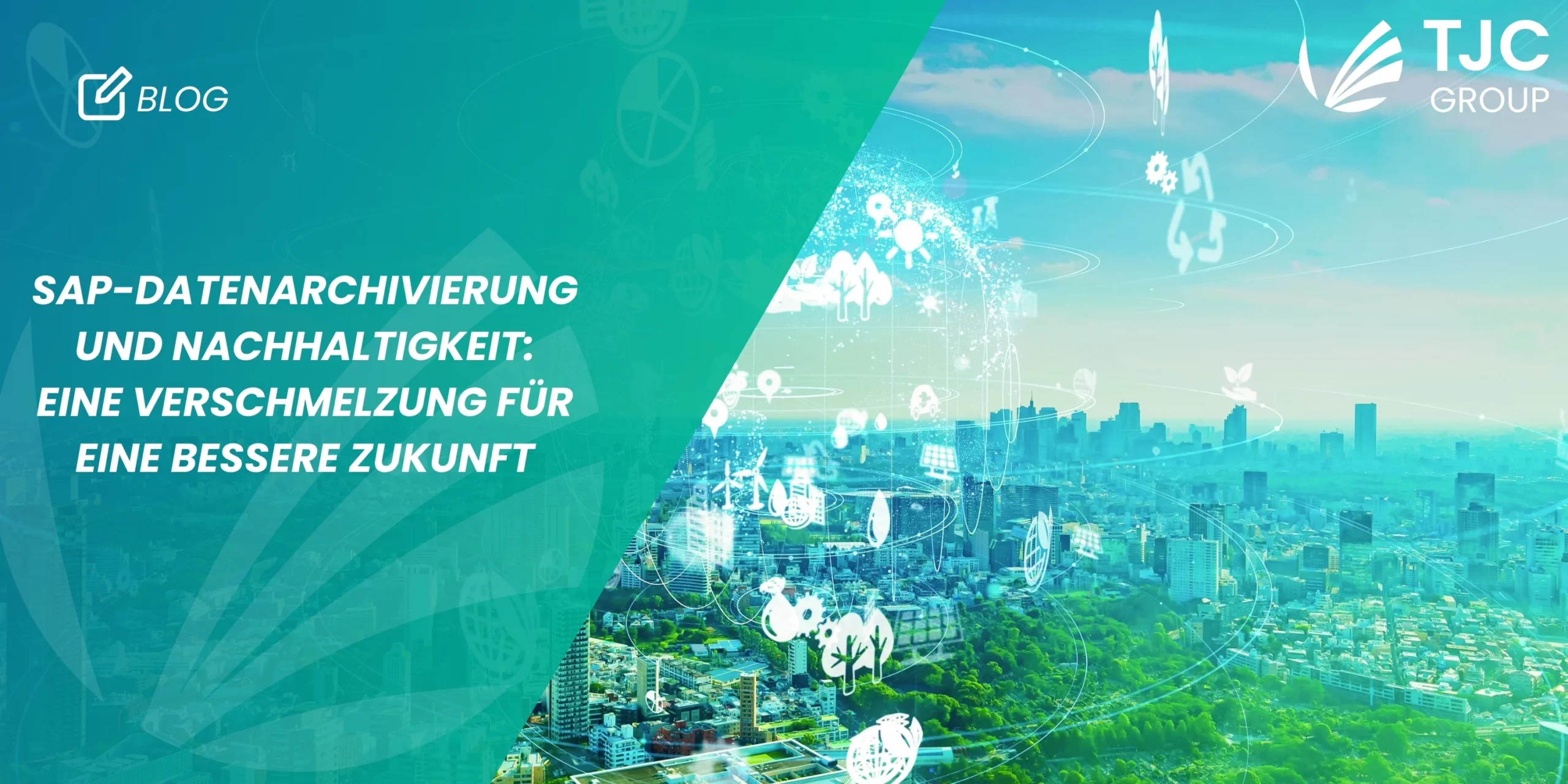Je mehr sich unsere betrieblichen Abhängigkeiten und Daten in die digitale Landschaft verlagern, desto mehr sind wir ständigen Cyber-Bedrohungen ausgesetzt. Diese Aussage scheint beunruhigend und entmutigend, aber leider ist sie wahr! Aber müssen wir aufhören, uns auf die Leichtigkeit der Digitalisierung zu verlassen und alles wieder manuell zu erledigen? Auf keinen Fall!
Sie wären überrascht, wenn Sie wüssten, dass Datenarchivierung und Cybersicherheit zusammen die Schwachstellen von Altsystemen bekämpfen und gleichzeitig Ihre Daten schützen können. Möchten Sie wissen, wie? Lesen Sie diesen Blog weiter!
Inhaltsübersicht
Die wachsende Zahl von Cyberangriffen
Berichten zufolge soll die Cyberkriminalität die Welt im Jahr 2022 etwa 6 Billionen USD kosten – das ist mehr als das BIP einiger Länder. Cyberkriminalität hat keinen Sektor verschont – sei es Lifestyle, IT, Schönheit oder sogar die Regierung. Allerdings haben es Cyberkriminelle vor allem auf kleine und mittlere Unternehmen abgesehen; Berichten zufolge sind 43 % der Cyber-Sicherheitsverletzungen auf solche Organisationen zurückzuführen. Und hier kann schon ein einziger Angriff verheerende Auswirkungen haben.
Aber wie beginnen diese Cyberangriffe? Laut Microsoft beginnen 60 % der Angriffe mit einem angegriffenen System, insbesondere wenn es sich um ein veraltetes System handelt. Viren, menschliches Versagen (Klicken auf verdächtige E-Mail-Links, Fallen auf Phishing-Betrügereien usw.) und sogar physische Schäden können die Ursache für diese Geräteverletzungen sein. Es heißt, je mehr Daten vorhanden sind, desto größer ist das Risiko einer Datenpanne. Einer der Gründe für Cyberverletzungen sind jedoch die versteckten Schwachstellen veralteter Systeme, die nicht gepatcht oder auf dem neuesten Stand sind.
Noch schockierender ist die Tatsache, dass 70 % der kleinen Unternehmen innerhalb von 6 Monaten bis 1 Jahr in Konkurs gehen, wenn sie von einer größeren Datenpanne betroffen sind. Daher müssen Unternehmen ihre Cybersicherheitsmaßnahmen verstärken und geschäftskritische Daten weiter schützen.
Schwachstellen in der Cybersicherheit
Bevor wir uns damit befassen, welche Rolle die Datenarchivierung für die Cybersicherheit spielt, sollten wir über die Schwachstellen sprechen, denen Systeme ausgesetzt sein können.
Wenn wir Cybersecurity mit einfachen Worten definieren müssten, würden wir sagen, dass es sich um einen Oberbegriff handelt, der die besten Praktiken, Richtlinien, Kontrollen und Tools beschreibt, die Ihre IT-Ressourcen vor neuen Bedrohungen, bösartigen Angriffen und unbefugtem Zugriff schützen.
Schwachstellen in der Cybersicherheit sind Lücken, offene Stellen oder Schluckauf in Ihrer IT-Infrastruktur, die typischerweise als Einstiegspunkte für Cyberangriffe dienen können. Tatsächlich sind Cyberkriminelle immer auf der Suche nach solchen Schwachstellen, um die IT-Struktur des Unternehmens anzugreifen. Das liegt daran, dass die Schwachstellen oft unbemerkt bleiben, insbesondere wenn sie mit veralteten Daten oder Systemen zusammenhängen.
Darüber hinaus haben Cyberkriminelle mit der Digitalisierung von Daten (die immer häufiger online gehen) Zugang und Möglichkeiten, die Schwachstellen in einem viel größeren Umfang auszunutzen. Diese Schwachstellen können von der Datenbank, den Betriebssystemen usw. ausgehen, was bedeutet, dass die Quellen für Bedrohungen sehr zahlreich sein können.
Gibt es verschiedene Arten von Cybersicherheitslücken?
Cyberangriffe beschränken sich nicht mehr nur auf Phishing-Betrug. Je mehr wir uns in eine automatisierte Zukunft entwickeln, desto bösartiger werden die kriminellen Köpfe. Heute sind die Bedrohungen für die IT-Infrastruktur nicht mehr nur auf Hacker oder interne Mitarbeiter beschränkt. Von Nationalstaaten über terroristische Gruppen bis hin zu Unternehmensspionen reicht die Liste der möglichen Cyberbedrohungen.
Darüber hinaus sind in letzter Zeit weitere Cyberangriffe aufgetaucht, wie pandemiebezogene Angriffe, Cloud-Verletzungen, IoT-Angriffe, Cryptojacking, Cyber Crime-as-a-Service (CCaaS), Angriffe auf die Lieferkette, Advanced Persistent Threats (APTs), SQL-Injection und so weiter. Diese Angriffe kommen natürlich zu den Standard-Cyberattacken wie Phishing, Ransomware, Malware, Spear-Phishing usw. hinzu.
Ebenso können Schwachstellen aus verschiedenen Quellen stammen, die dazu führen können, dass Ihre IT-Landschaft zum Opfer von Cyberangriffen wird. Allgemein gesprochen sind die häufigsten Quellen für Sicherheitslücken –
- Ungepatchte oder veraltete Software
- System-Fehlkonfigurationen
- Schwache Authentifizierungsnachweise
- Schlechte Datenverschlüsselungen
- Unvollständige Genehmigungsrichtlinien.
Wenn wir von spezifischen SAP-Systemen sprechen, sind einige illustrative Beispiele für SAP-Schwachstellen –
SAP NetWeaver: CVE-2022-22536: SAP Hinweis 3123396 und CVE-2019-0328: SAP Hinweis 2758144
NetWeaver Anwendungsserver Java: CVE-2020-6287: SAP-Hinweis 2934135, CVE-2019-0321: SAP-Hinweis 2758146, CVE-2018-2380: SAP-Hinweis 2562333, und CVE-2021-27610: SAP-Hinweis 3037518.
Die Rolle der Datenarchivierung bei Schwachstellen in der Cybersicherheit
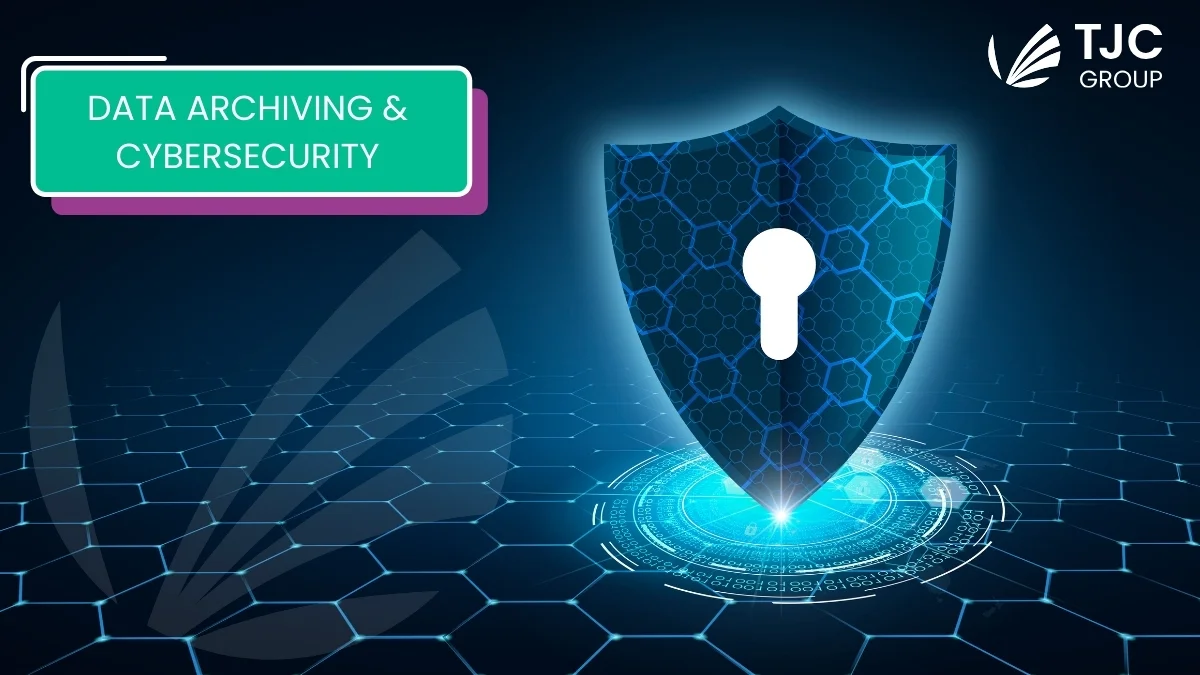
Die Verwaltung des Datenvolumens ist für Unternehmen von größter Bedeutung, unabhängig von ihrer Stärke oder Größe. Sie spielt in der Datenumgebung des Unternehmens mehrere Rollen, die zu einem leichteren Funktionieren beitragen. Eine dieser Funktionen ist der Datenschutz und die Datensicherheit, die Sie durch Datenarchivierung erreichen können.
Sie sehen, Daten können in jeder Form vorliegen. Tatsache ist, dass auch Ihre E-Mails Daten sind, und ja, auch sie müssen archiviert werden. Nach Angaben von IDC umfassen geschäftliche E-Mails etwa 60 % der geschäftskritischen Daten. Bei den E-Mails kann es sich um vertrauliche Informationen, Unternehmensfinanzen, Produktdatenblätter und so weiter handeln. Da Cyberkriminelle Trojaner, Würmer und Malware über E-Mails versenden können, um Daten zu stehlen und zu zerstören, ist eine umfassende Datenreduzierung in der Technologielandschaft Ihres Unternehmens unerlässlich.
Die Datenarchivierung ist ein strategischer Ansatz, der dazu beiträgt, das Datenwachstum zu bewältigen, die Systemleistung zu optimieren und die effiziente Nutzung von Datenbankressourcen in SAP-Umgebungen sicherzustellen. Sie schafft ein Gleichgewicht zwischen dem Erhalt wichtiger historischer Daten und der Aufrechterhaltung einer schlanken und leistungsstarken IT-Infrastruktur. Die Archivierung stellt sicher, dass die Daten sicher sind und vor potenziellen Datenschutzverletzungen geschützt werden, indem sie in ein Langzeitspeichersystem verschoben und bei Bedarf wieder in das Hauptsystem integriert werden. In der SAP-Welt ist das Archive Development Kit (ADK)* zusammen mit der Archivverwaltung (Transaktion SARA) die für die Datenarchivierung verwendete Technologie.
Welche Rolle spielen also die Verwaltung des Datenvolumens oder die Datenarchivierung, um sicherzustellen, dass Ihre IT-Infrastruktur nicht durch Sicherheitslücken Opfer von Cyberangriffen wird?
Datenverwaltung
Für die Archivierung gibt es verschiedene Techniken – Data Governance ist eine davon. Dabei handelt es sich um eine Sammlung von Regeln und Verantwortlichkeiten, die die Verfügbarkeit, die Qualität und vor allem die Konformität und Sicherheit von Daten in der gesamten IT-Infrastruktur des Unternehmens gewährleisten. Mit Hilfe von Data Governance bei der Verwaltung von Datenmengen können Sie die Infrastruktur einrichten und Personen oder Positionen in Ihrem Unternehmen benennen, die sowohl die Befugnis als auch die Verantwortung für den Umgang mit bestimmten Arten von Daten und deren Schutz haben.
Wir möchten betonen, dass Data Governance ein entscheidender Teil der Compliance ist, bei der Systeme die Mechanismen der Speicherung und Sicherheit gewährleisten. So wird sichergestellt, dass die Daten genau und präzise geschützt sind, bevor sie in das System eingegeben werden (bei der Nutzung oder beim Abruf).
Datensicherheit
Die Gewährleistung der Sicherheit Ihrer Daten in Ihrem Unternehmen ist heute eines der wichtigsten Anliegen. Es ist also ein Pluspunkt, dass die Datenarchivierung Datensicherheit gewährleistet! Der Haken an der Sache ist jedoch, dass die Datensicherheit ein Teil der Data Governance ist. Sie stellt sicher, dass die Systeme korrekt eingerichtet und – was noch wichtiger ist – verwaltet werden, um Ihre Daten zu schützen. Darüber hinaus sorgt die Datensicherheit auch dafür, dass die notwendigen Verfahren zum Schutz der Daten vorhanden sind, vor allem derjenigen, die sich außerhalb der Datenbank oder des Systems befinden.
Schnellere Notfallwiederherstellung
Auch wenn Sie noch so wachsam sind, können manchmal Sicherheitsprobleme auftreten – wir verstehen das! Eine Strategie zur Wiederherstellung oder Sicherung Ihrer Daten ist jedoch sehr wichtig. Zum Glück ist die Datenarchivierung für Sie da! Dank ihrer Fähigkeiten zur Datenreduzierung können Sie nicht nur die Größe Ihrer Datenbank reduzieren, sondern auch die Leistung Ihres Systems optimieren. Beides zusammen trägt zu einer mühelosen Wiederherstellung im Notfall und zu einer verbesserten Geschäftskontinuität bei. Daher können Unternehmen von einfachen Backups und Datenwiederherstellungen profitieren und gleichzeitig Ausfallzeiten und Datenverluste bei Systemausfällen aufgrund von Datenschutzverletzungen und Cyberangriffen minimieren.
Darüber hinaus hilft die Datenarchivierung Unternehmen bei der effektiven Umsetzung und Durchsetzung von Richtlinien zur Datenaufbewahrung. Aufbewahrungsfristen und Archivierungskriterien gewährleisten die Einhaltung von Gesetzen und Vorschriften.
Übernehmen Sie die Verantwortung für Ihre Datensicherheit
Da in der heutigen digitalen Landschaft immer mehr Daten anfallen, müssen Unternehmen besonders vorsichtig sein, wenn es darum geht, ihre Daten vor Verletzungen und Cyberangriffen zu schützen. Die Schwere von Cyberangriffen und Datenschutzverletzungen ist enorm. Aufzeichnungen zufolge hat das Vereinigte Königreich im Jahr 2021 mehr als 34,5 Millionen Euro durch Cyberkriminalität verloren. Außerdem wird geschätzt, dass der weltweite Schaden durch Cyberkriminalität bis 2025 auf 10,5 Billionen USD ansteigen könnte. Datenschutzverletzungen belasten nicht nur Ihre Finanzen, sie können auch zu –
- Reputationsschaden
- Verhängung von Geldbußen
- Produktivitäts- und Moralschäden
- Geschäftskontinuität
- Partnerschaften; Verlust des Vertrauens der Kunden.
- Umstrukturierung
- Gesetzliche Haftung
Cyber-Bedrohungen werden immer raffinierter, da mehrere neue Techniken aufgetaucht sind. Diese Bedrohungen und Angriffe erpressen Geld von Organisationen oder einzelnen Nutzern, stören Unternehmen oder stehlen und zerstören einfach sensible Informationen. Was in den Köpfen der böswilligen Hacker vorgeht, wissen nur sie selbst. Aber um unsere Daten und Systeme vor diesen Aktivitäten zu schützen, sind solide Cybersicherheitsrichtlinien und die Entscheidung für die Archivierung von Daten sowie die Entfernung veralteter Daten und Systeme ein Muss. Die Zeit zum Handeln ist jetzt gekommen, und mit der Datenarchivierung ist es möglich, eine solide Sicherheit zu erreichen.
Fazit
Während Cybersicherheit und Archivierung Hand in Hand gehen, ist es ein Pluspunkt, einen Partner zu haben, der den Prozess stärkt. Hier kommt die TJC Group ins Spiel. Mit mehr als 25 Jahren Erfahrung in der Verwaltung von Datenmengen geht unsere Datenarchivierungslösung über die Feinheiten der Cybersicherheit hinaus. Darüber hinaus verbessert unsere Archivierungssoftware – Archiving Sessions Cockpit (ASC)- den gesamten Prozess, da sie regelmäßig eine automatisierte Archivierung durchführt, die die Gefahr manueller Fehler ausschließt und damit das Risiko von Datenschutzverletzungen oder Cyberangriffen verringert.
Als ISO27001-zertifiziertes Unternehmen stellen wir sicher, dass die erforderlichen Cybersicherheitsrichtlinien für unsere gesamte Software und unsere internen und externen Systeme vorhanden sind.
Setzen Sie sich mit uns in Verbindung, um den maximalen Nutzen aus unseren Lösungen zu ziehen. Seien Sie versichert, dass wir uns um Ihre Datenarchivierung kümmern werden!



